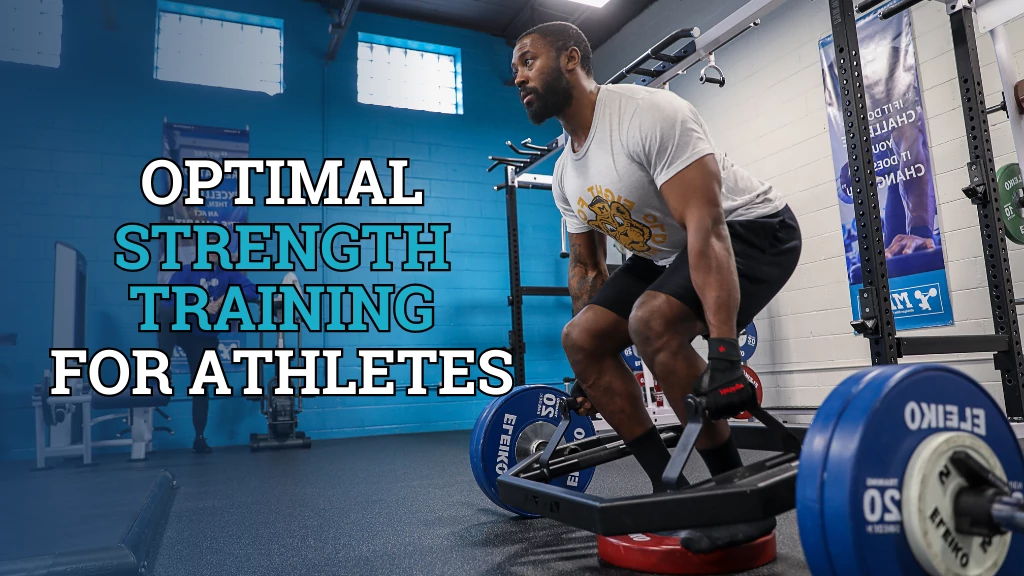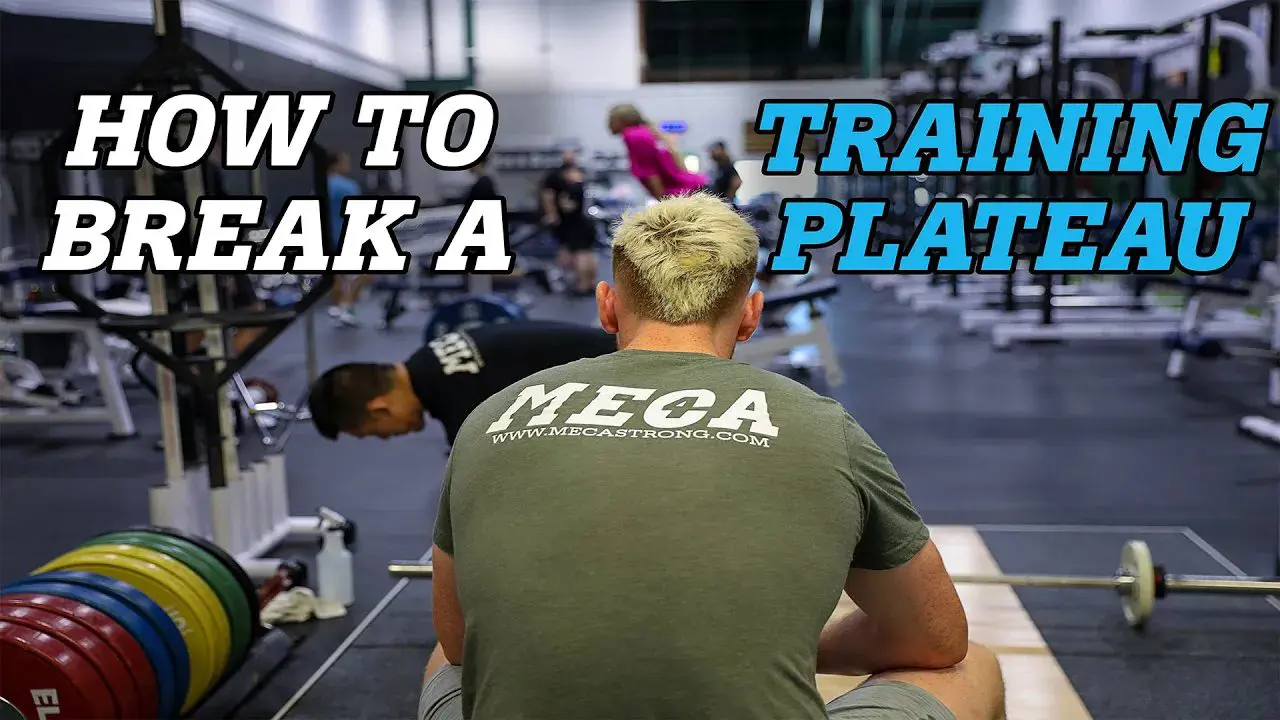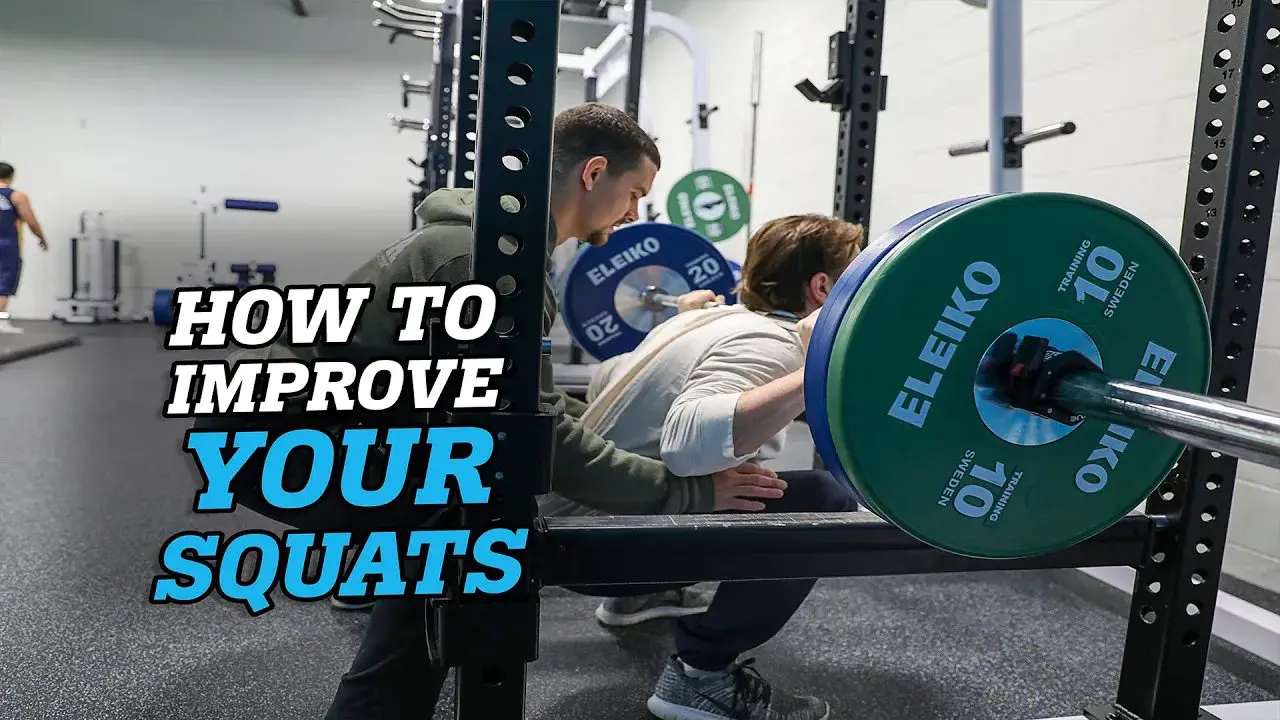Strength training for athletes is a topic that many coaches continually research and develop successful methods to gain better performance. Athletic training is when you implement and carry out training methods to increase attributes that bring up performance on the field of play.
Back in ancient Greek times, Milo of Croton, an Olympic athlete, would carry a calf up a hill every day. Over time, the calf grew into a full-grown bull and Milo was able to carry it up the hill. The idea being, through progressive overload and increasing the weight little by little, it allowed him to carry the full weight of the bull up the hill.
The story of Milo is the fundamental principle of strength training and that principle is used today by many coaches and athletes to use strength training to increase their performance of their sport. Today, with all the technological advances and willing participants, we have much more knowledge of the human body than ever. In order to stay in the lead of performance. Coaches must always continue to educate themselves if they want to get the best out of their athletes.
In this article, we are going to cover why strength training should be a priority for all athletes and why they need to stay in the weight room if they want to stay in the lead. We will also go into detail about how a year of training is organized for most sports. Then we will give a quick look at 9 very effective exercises for athletes that will produce the best results!
What is Strength Training or Resistance Training for Athletes?
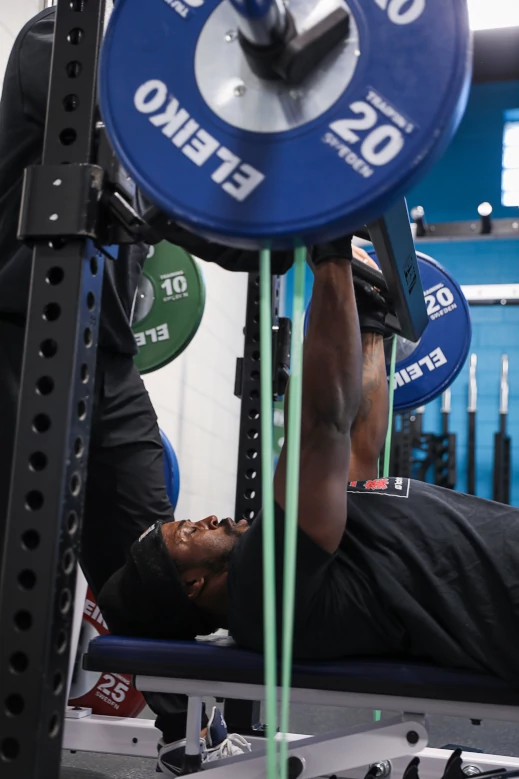
Strength training for athletes involves the performance of physical exercises that are designed to improve strength and endurance. It often involves lifting weights via barbells, dumbbells, machines, and cables.
Athletes can improve their sport in two different ways.
First, they can get better by increasing their proficiency in their sport. This falls under motor learning and skill acquisition. When some are ‘natural’ that usually means they have the motor proficiency required to play the sport. Gaining more skill usually involves playing more games and practicing technique.
The second way is by increasing strength qualities. There are 5 strength qualities, cardiovascular endurance, muscular strength, muscular endurance, flexibility, and body composition.
Strength training for athletes improves all of these qualities, and increasing the strength qualities that coincide with your sport will improve your performance.
Benefits of Strength Training for Athletes
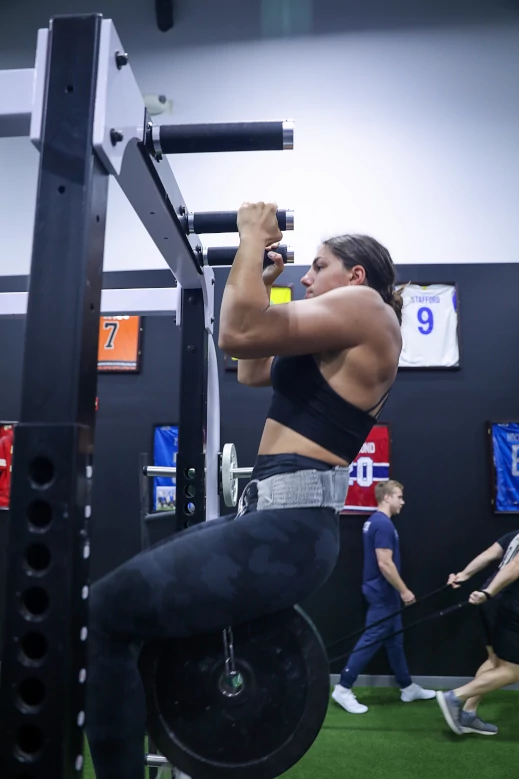
1. Increase muscular strength
Improving your strength-to-weight ratio will allow you to be more explosive and faster on the field, which is crucial for sports like football.
2. Increase muscular endurance
Improving your muscular endurance allows you to perform at a higher level for a longer duration. Athletic strength training will allow you to increase your repeat sprint ability so your speed doesn’t decline drastically during the end of a game.
3. Increase cardiovascular endurance
Running can increase your cardio, but so can weight lifting. There are many weightlifting programs tailored for increased endurance, and they are also very healthy for joint longevity.
4. Increase flexibility
Proper exercise execution during athletic strength training allows for a greater range of motion to be achieved. Especially during a structural balance phase. When new fibers are fatigued due to increasing range, then that range is now ‘unlocked’.
5. Increased body composition
Getting results with increased strength and hypertrophy will also mean a decrease in body fat. When the body builds muscle tissue, it usually burns fat. A good strength training program paired with a nutrition plan will lean you out. Less adipose tissue will automatically make you faster.
Strength Training Programs for Athletes
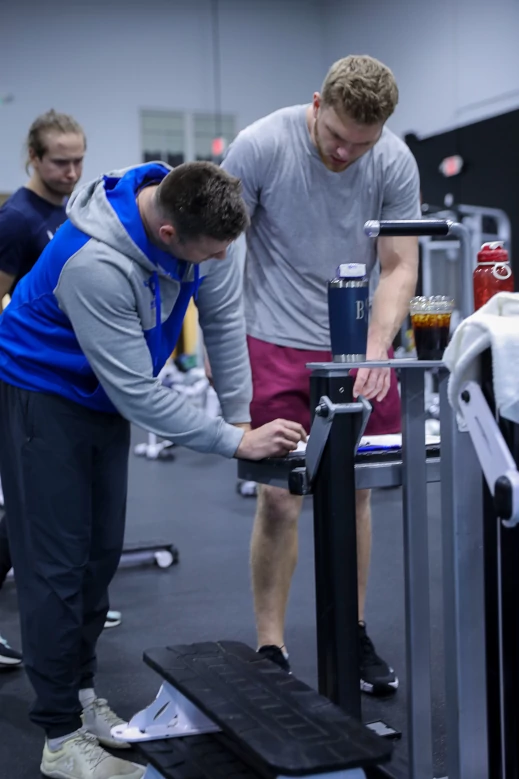
At MECA, our training programs are customized individually to the athlete.
When you come in, you first go through a structural balance assessment. During the assessment, we take a look at your body’s different physical qualities. Such as your flexibility, biomechanics, and how your body absorbs force.
Then we take that data and build the best strength training program designed to strengthen your weak points.
The strength training plan will also depend on the length of total training time and when the training takes place during an athlete’s training year.
Our athletic training programs are broken up into different phases with each phase having a different goal aimed to increase the performance on the field.
A training cycle for an athlete typically consists of 4 different phases each with a different goal of training. Phases also differ from athlete to athlete depending on age, goal, time frame, etc.
- Phase 1: Structural Balance
The goal of this phase is to correct weak points of the body and build a base level of fitness to handle the training yet to come.
- Phase 2: Hypertrophy
The goal of this phase is to increase the volume to increase muscle mass. The exercises also usually increase in complexity.
- Phase 3: Strength / Eccentric & Isometric
The goal of this phase is to build/express strength relative to body weight and change the type of contractions used during the workout.
- Phase 4: Strength Speed/Transfer
The goal of this phase is to increase the velocity of loaded movements to create a transfer to sport so performance is increased on the field.
Phase 1: Structural Balance
More often than not, if you’re failing to make progress in a given lift, the body is protecting itself from injury via neural inhibition of strength gains through specific ranges of motion. Achieving “Structural Balance” sets the stage for developing optimal performance.
Phase 2: Hypertrophy
5 Key Benefits of Hypertrophy Training For Athletes
- Helpful in allowing athletes to learn new exercises or improving technique
- Establishing a foundation of strength during general preparation periods
- Safe during early prep periods because the loads used are lighter relative to strength phases
- Very useful when athletes need to put on lean mass or reduce body fat
- Good when needing to train smaller muscles as stabilizers; i.e. rotator cuff, trap 3, etc.
Phase 3: Strength (Eccentric/Isometric)
Variety in strength training programs is important for all athletes to maximize their response to training.
Strength gains develop faster when athletes utilize multiple forms of contractions rather than only one (concentric).
The coach needs to consider both the positives and the negatives of eccentric training (like higher degrees of intramuscular tension yield big increases in strength and hypertrophy but also can induce increased muscle soreness).
Combinations of eccentric, concentric, and isometric training increase maximal strength faster than concentric training alone.
Phase 4: Speed/Strength & Plyometrics
Strength training with heavy loads improves maximal strength and contraction rates under the conditions in which they are trained.
Because the nervous system is being trained, quick or explosive motions are necessary to develop speed strength.
The 9 Most Effective Strength Training Exercises for Athletes
1. Split Squat
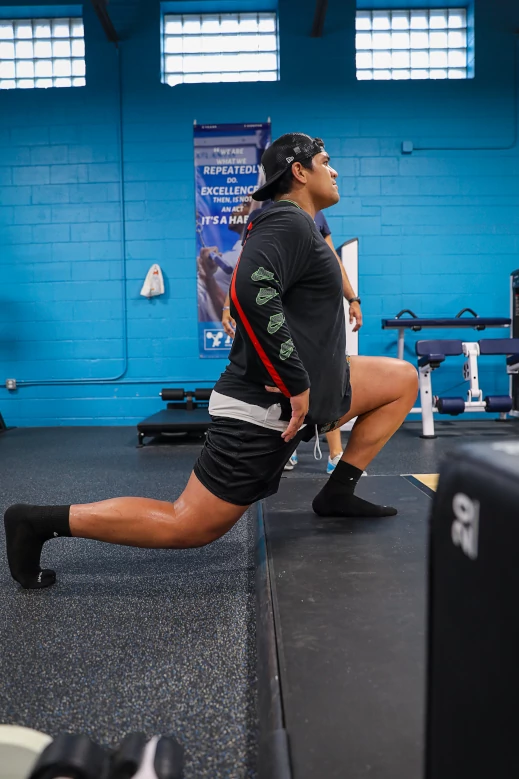
The split squat is performed by stepping into a lunge position and lunging forwards pushing your knee past your toe. This movement trains the knee joint and hip joint.
2. Chin Up
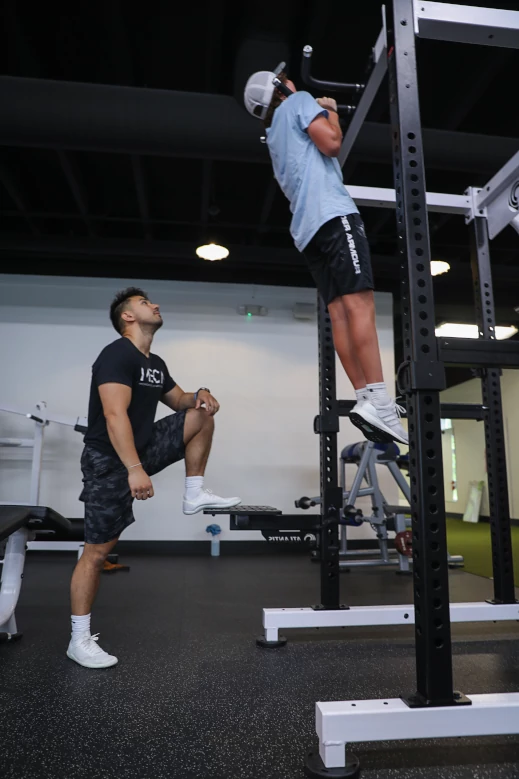
The chin-up is an upper-body workout for athletes. It trains the upper back and biceps. Start by hanging from a bar with elbows straight and then pulling upwards so your shoulders touch the bar or your chin is well above the bar.
3. Front Squat
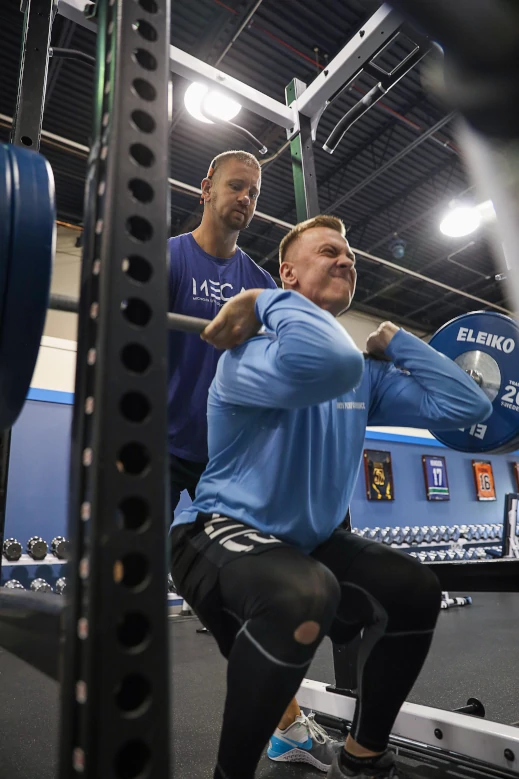
The front squat is one of the more complex compound movements. It involves placing a barbell in the front rack position and squatting down. This variation puts more emphasis on the quadriceps.
4. Back Squat
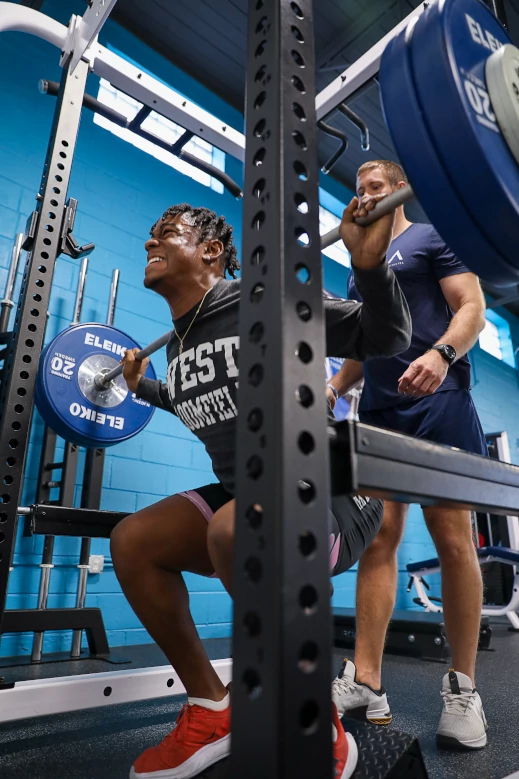
The back squat is one of the more popular exercises in strength training programs for athletes. This exercise has you place a barbell on your shoulders behind your neck. You then squat downwards and stand back up. This variation has you use the quadriceps and lower back muscles.
5. Snatch Grip Deadlift
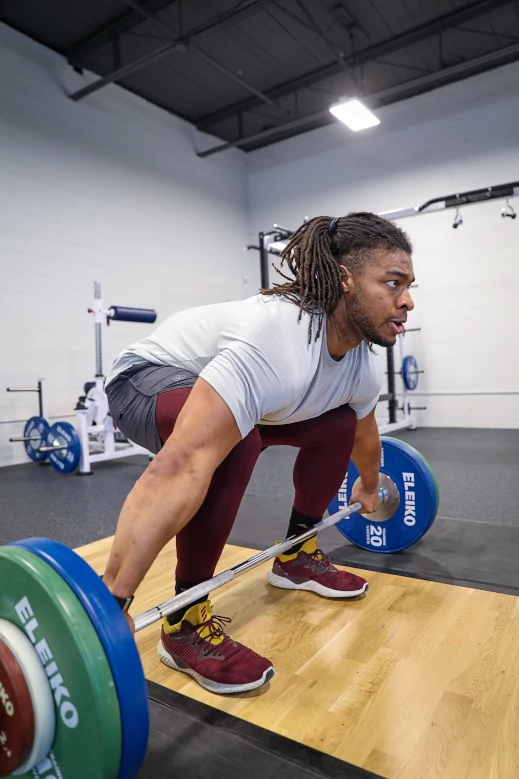
The snatch grip deadlift is a variation of the deadlift where you grab onto the bar with a wider grip. This forces you to move into a deeper range of motion as compared to the regular clean grip deadlift.
6. Romanian Deadlift
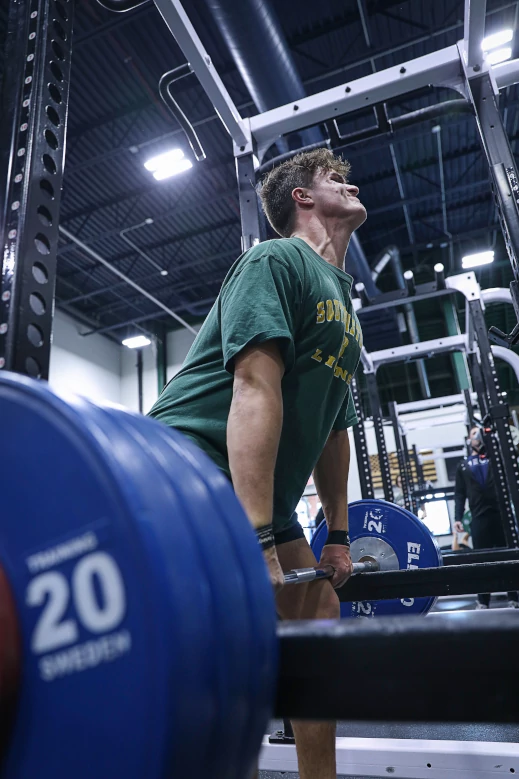
The Romanian deadlift, or RDL is another variation of the deadlift where your knees don’t bend as deeply. During the RDL, you hold onto the bar with hinge forwards to stretch the posterior chain. This variation trains the ‘stretch reflex’.
7. Power Cleans
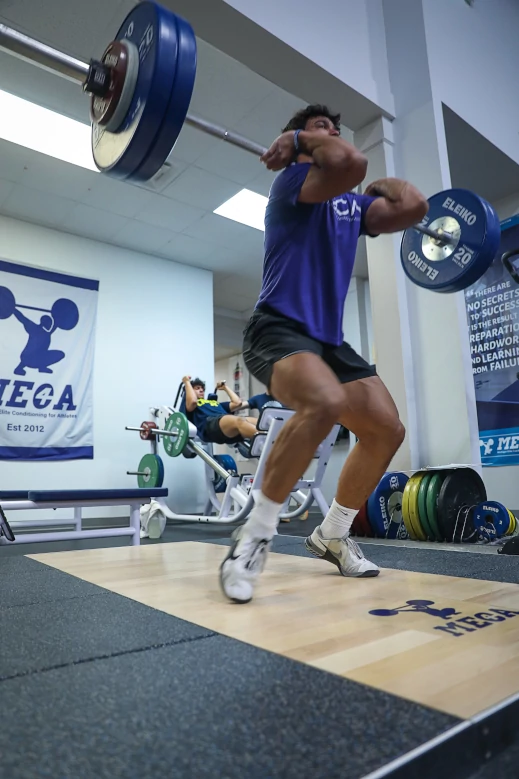
The power clean is an Olympic lifting variation. The main goal of Olympic lifting is to increase the rate of force development of an athlete. During a power clean, you perform a pull and catch the bar above a 90° knee bend with a front rack position.
8. Push Press
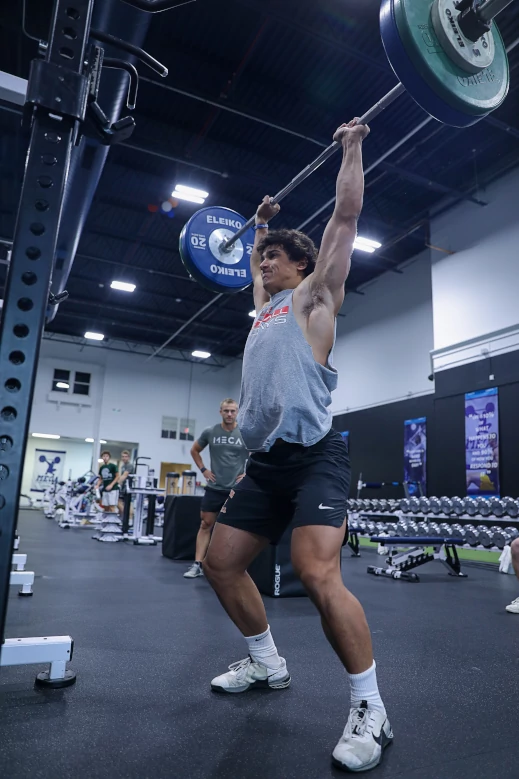
The push press is an overhead pressing movement where your legs aid in generating force to lift the bar overheads. The athlete will hold the barbell at the bottom position and dip with their legs and push upwards with the bar.
9. Olympic Pulls
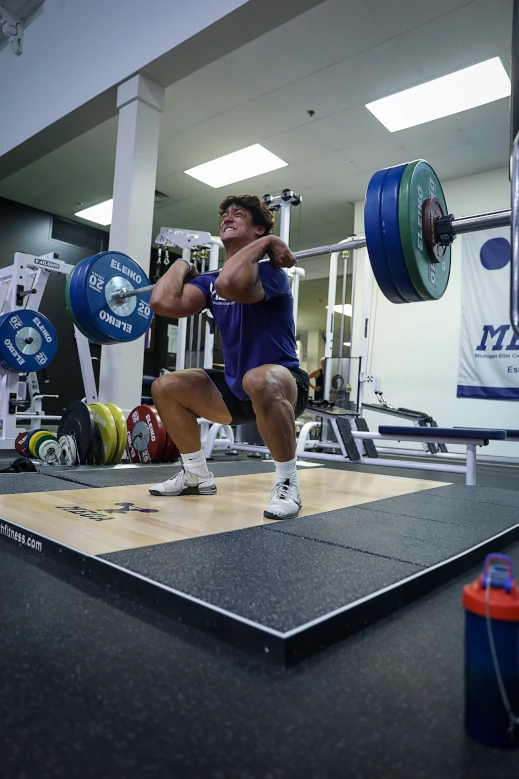
Olympic pulls are all variations of the main lifts, the snatch and clean. During a snatch pull or clean pull, you only perform the first part of the Olympic lift. This trains the athlete’s explosive strength quality.
Takeaways
In the realm of athletic excellence, strength training for athletes stands as an unwavering pillar. From ancient wisdom to modern science, it empowers athletes to surpass limits. This article’s insights and the nine essential strength training exercises pave the way for athletes to conquer new heights in their performance journey.

